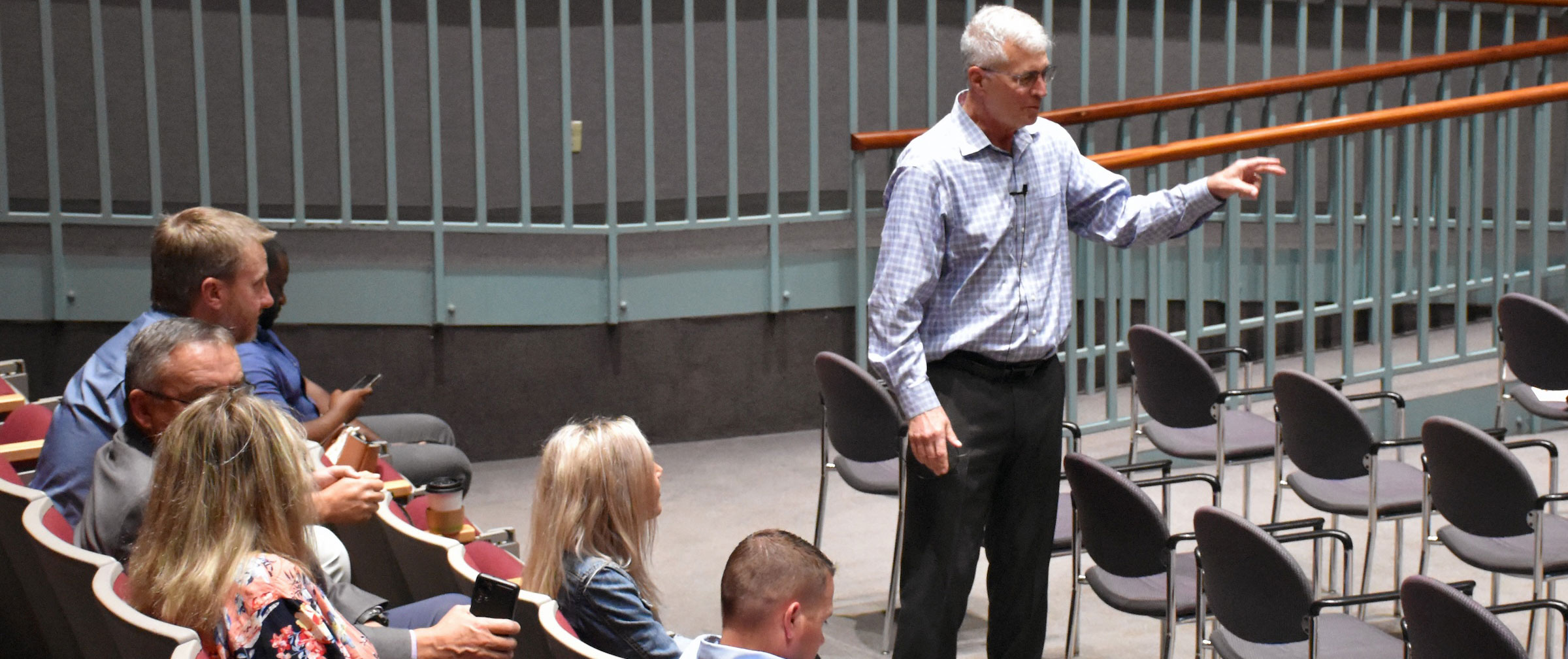I took a much needed three month vacation from my weekly health care blogs. I was starting to develop writer’s block. I could not be inspired to write something new even though health care is changing faster than ever before and providing more material on which to comment than ever before. I kept thinking that something big is about to happen… I just could not put my finger on what it is.
What are we seeing?
Despite the fact that the elections have become one of most bizarre and contentious campaigns we have had in recent memory, health care does NOT seem to be a big issue for either party. Donald Trump talks about repealing and replacing Obamacare but does not give specifics. On the Democratic side, it seems like business as usual.
Health care costs are continuing to rise without abatement. We anxiously await the health care premiums for 2017. There is no reason to think that the present trend of at least a 15-20% increase will not continue. This will translate into even higher deductibles and co-pays for many Americans who cannot even afford how it is now.
I have described the metric of health care cost as the silent “blood pressure” of health care. Similar to clinical hypertension, it is asymptomatic until the catastrophic event occurs. So far, we have been fortunate. But the rising costs are a ticking time-bomb on our economy and the overall health welfare of our nation.
Sadly, there is little indication that we are getting a handle on costs. A disappointing study released last year showed that even in our most integrated systems nationally, we are not seeing improved health care costs on a large scale. In fact, the only evidence of a “bending” of the cost curve seems to be based upon the consumer response to the high deductibles- avoiding needed care. And avoiding care will almost certainly make things worse in the future. On top of that, on the quality side, those very integrated systems do not appear to be leading the way in superior performance.
So something is not right. Our present efforts, or even lack of efforts, are not getting the results that consumers demand in terms of value. My brief hiatus from writing has not given me any insights except for a lingering and haunting image of the “Quiet before the Storm”.
Looking into the next few years, transparency and consumerism will continue to shape our industry. New technology, most of it high-priced and applicable to only very specific diseases and patients, will continue to randomly disrupt the status quo. I see telemedicine, now just in its infancy, ultimately becoming a game-changer in the field. Networks and health care systems will continue to consolidate. The pay for performance system will continue to advance, although the incentives upon which the P4P process is based, still do not necessarily incentivize the right behaviors on the part of the providers or the patients. Community (population) health will continue to be touted as the way of the future, but until those financial incentives are changed to truly embrace population health, the process will continue to sputter along.
Maybe 2017 will just be business as usual. But I still feel I am missing something bigger. Maybe I’m missing the forest because of the trees. I’m struck by some industry trends in recent years:
The largest cab company in the world, Uber, does not own any cabs.
The largest hotel company in the world, airB&B, does not own any hotels.
The largest travel agencies Expedia or Kayak do not own hotels, cars or airplanes.
And I can go on with these ground-breaking trends.
Perhaps this new wave will come to health care.
Our health care industry is continuing to consolidate and build bigger systems with more and more bricks and mortar. Business as usual. But so far, these models are not producing the results in the areas of cost and quality that the consumer demands.
Maybe the successful health organizations of the future will not have bricks and mortar. Maybe they will not employ physicians. Maybe the new model will hardly resemble what we now know as health care.
Yes, 2017 will be the quiet before the storm. Something new is around the corner. Regardless of which party wins the election, there will be some degree of inertia before true change is executed. But the market pressures will persist. The silent “blood pressure” of health care, health care costs, will continue to rise. But this can continue up to a breaking point, and I feel we are rapidly approaching that point.
No, I don’t have the answer yet. (I know you are waiting for my solution!). I am still pondering.
But where there is lack of clarity, there is opportunity. Where there is confusion, there is the potential for true game-changing leadership and ideas.
Get ready for something really outside the box, something really new and big!
Hint…. watch the Star Trek reruns.




